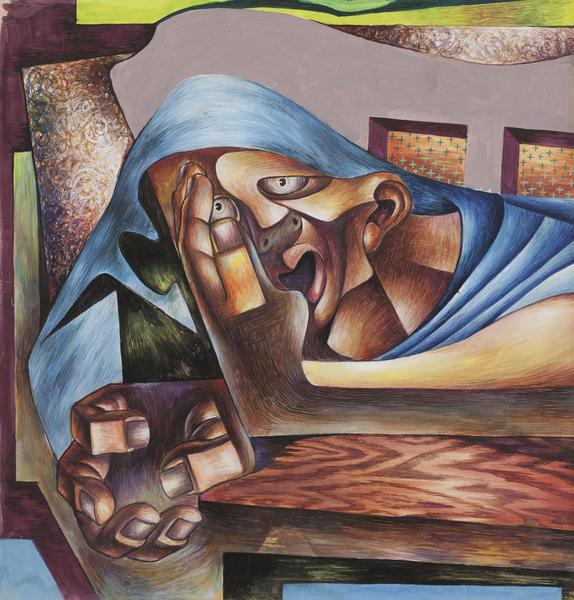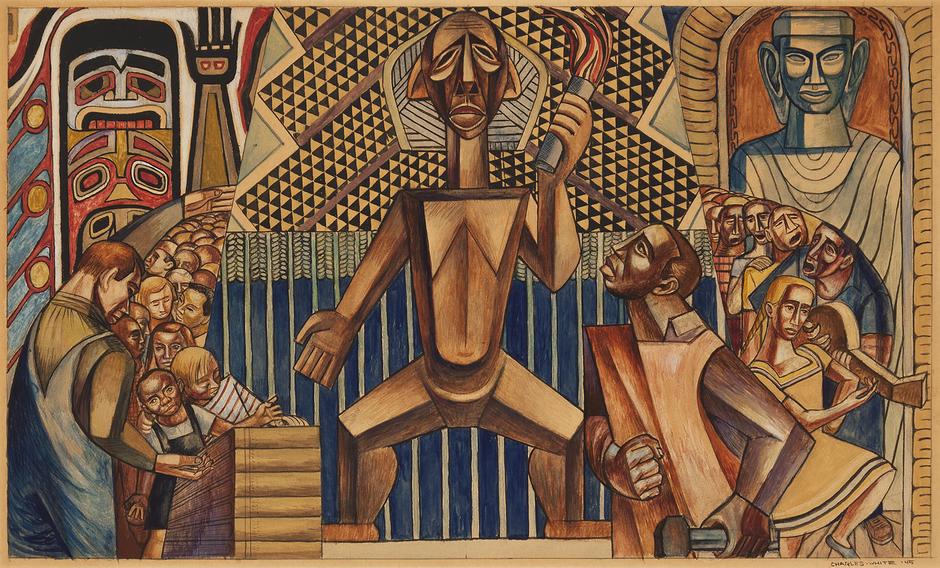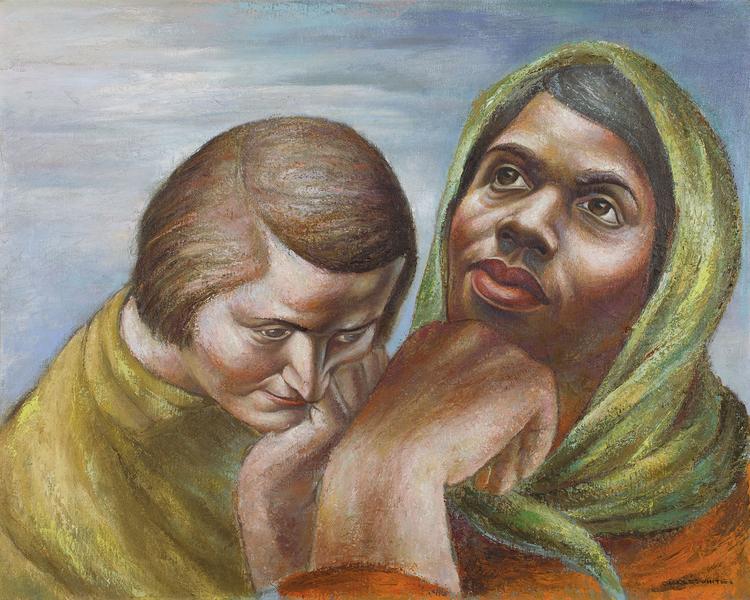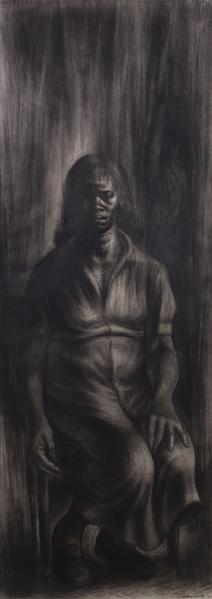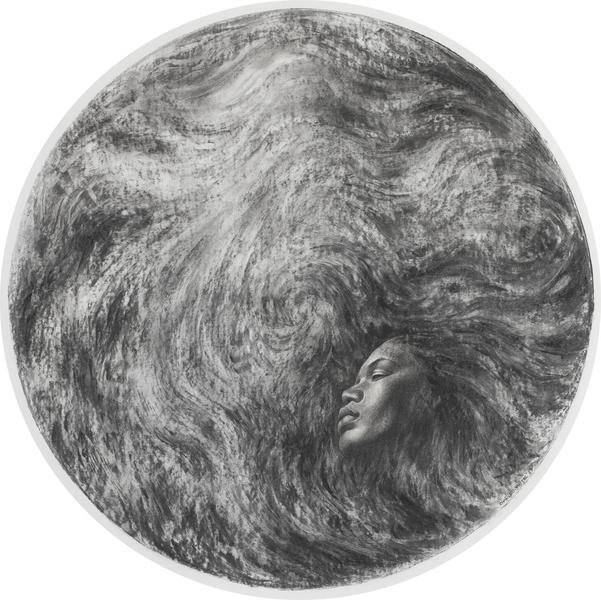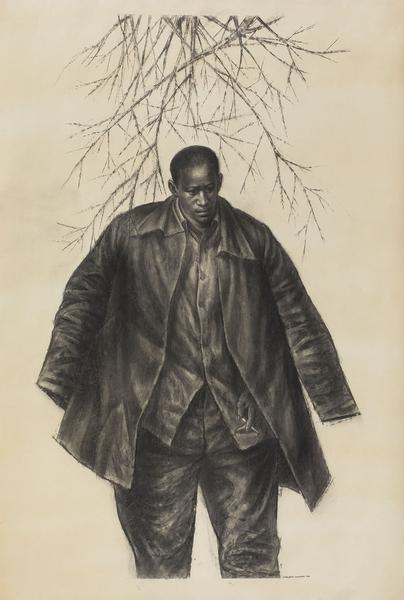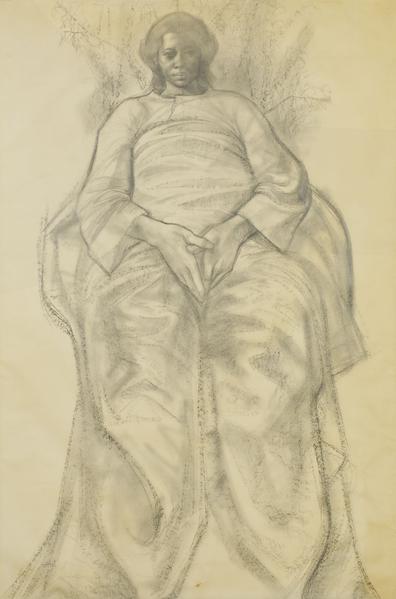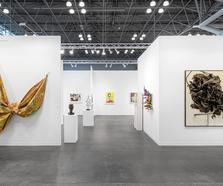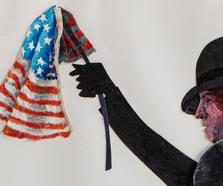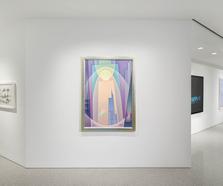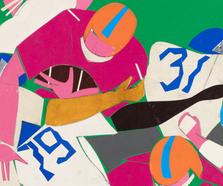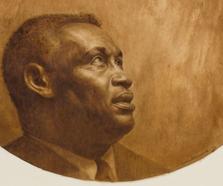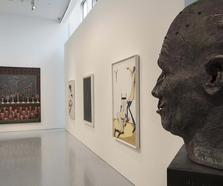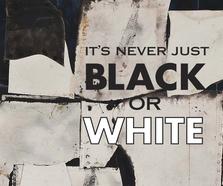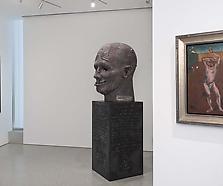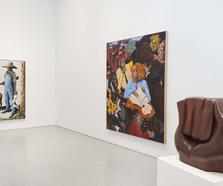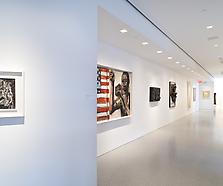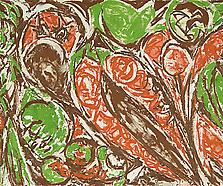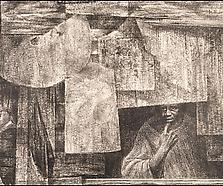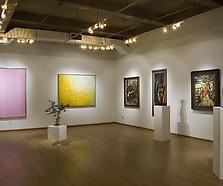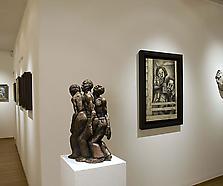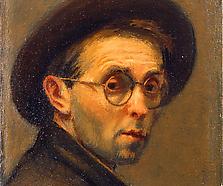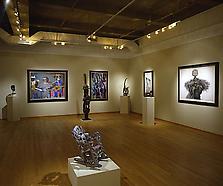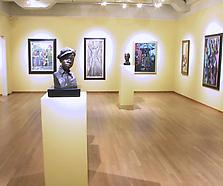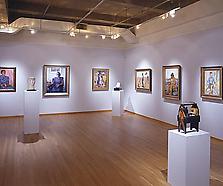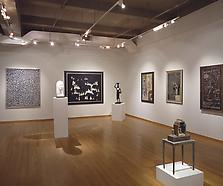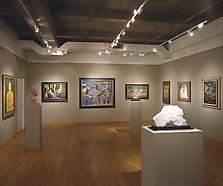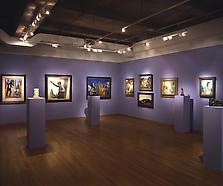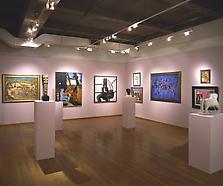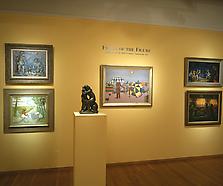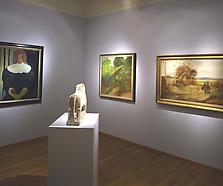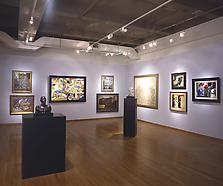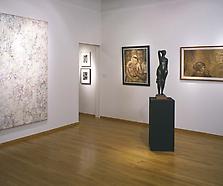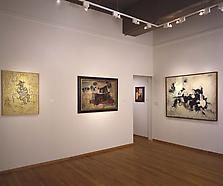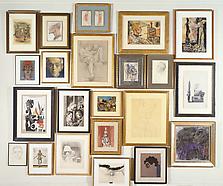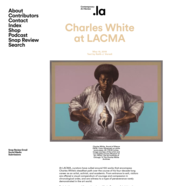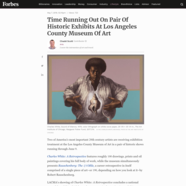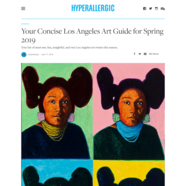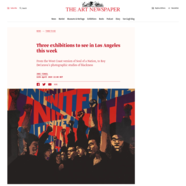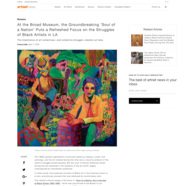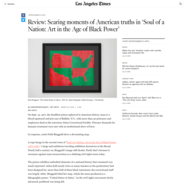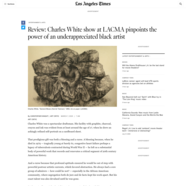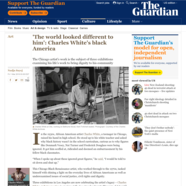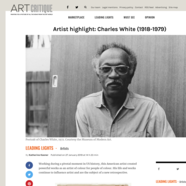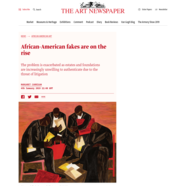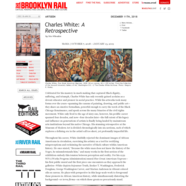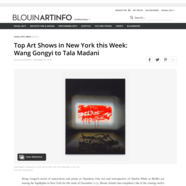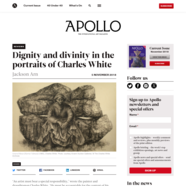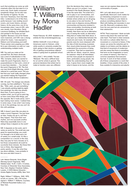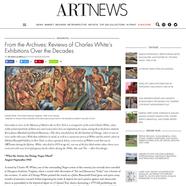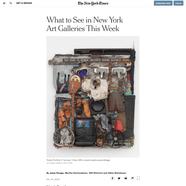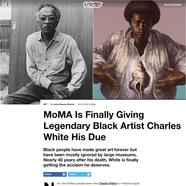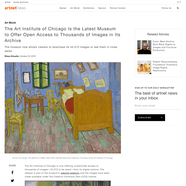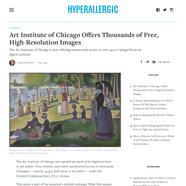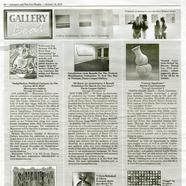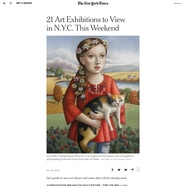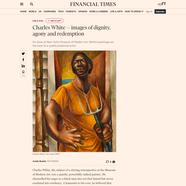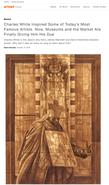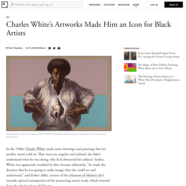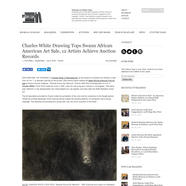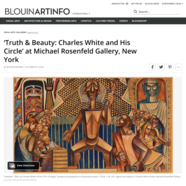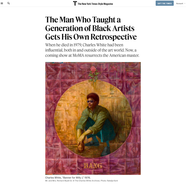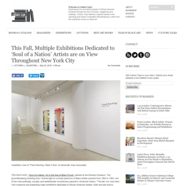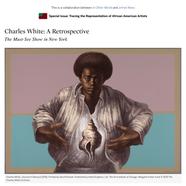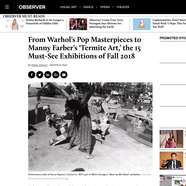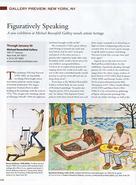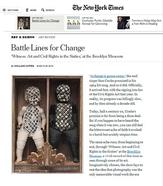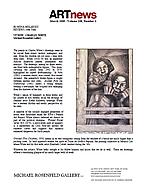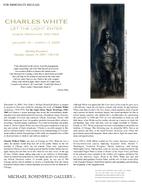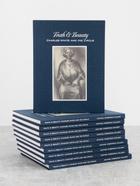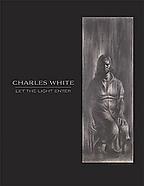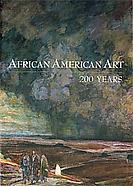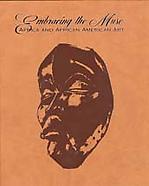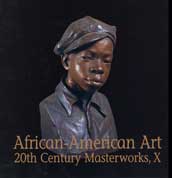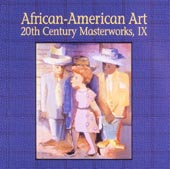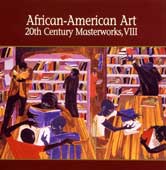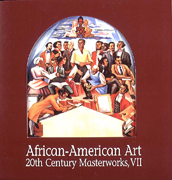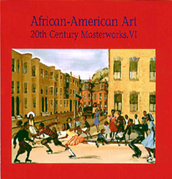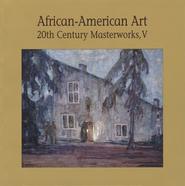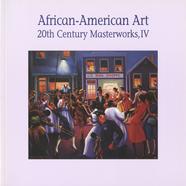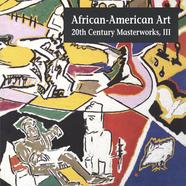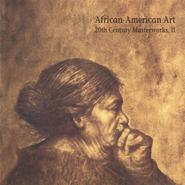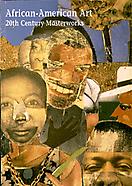“I am interested in creating a style that is much more powerful, that will take in the technical end and at the same time will say what I have to say. Paint is the only weapon I have with which to fight what I resent. If I could write, I would write about it. If I could talk, I would talk about it. Since I paint, I must paint about it.”[1]
Charles Wilbert White was born in Chicago in 1918. His mother, Ethelene Gary, was a domestic worker and had moved north in 1914 from Mississippi. White’s father, Charley, held several jobs, and although he did not live with Charles and Ethelene, the family saw each other regularly and attended church together weekly. When Charles was a child, Ethelene would drop him off at the public library or the Art Institute of Chicago while she ran errands. These early experiences instilled in Charles a love of reading and art that his mother further encouraged, buying him his first set of oils when he was only seven. After a few mishaps (including a scolding for taking down some of his mother’s window shades to use as canvas), Charles taught himself how to mix the paint, linseed oil, and turpentine by watching a group of art students in a nearby park and then duplicating at home what he had seen. In 1926, Charley White died, and Ethelene married Clifton Marsh, an abusive alcoholic. At the age of nine, in addition to attending school, Charles began working to help support his family. Around this time, he also began taking long trips to Mississippi, where he learned about the history of his family and fell in love with southern African American culture. Charles continued to draw and paint, and in seventh grade, he was one of 500 Chicago public school students to receive a scholarship from the James Raymond Nelson Fund to attend Saturday art classes at the Art Institute of Chicago; he, along with painter Eldzier Cortor and writer Margaret Burroughs, continued to take classes until his junior year of high school, receiving instruction and attending lectures by artists like Ivan Albright. He participated and exhibited with the Art Crafts Guild; members of the Guild like Charles Sebree, Richard Wright and Gwendolyn Brooks were vital to the Black Chicago Renaissance – a cultural movement that encouraged activism and support for African American art and literature in the 1930s and 1940s.
Although White was spared the Jim Crow laws of the south, he grew up in a divided city that exposed him to racism. At age fourteen, White read Alain Locke’s The New Negro, which sparked a sense of pride and a passion for black American history, but caused problems for him at school among teachers who labeled him a troublemaker for questioning their Eurocentric curriculum. In 1934 and 1935, he won scholarships to study art, and both times, when White and his mother showed up in person to claim the scholarships, they were told they were no longer available to Charles. Finally, in 1937, White earned and actually received a scholarship to attend the Art Institute of Chicago. The following year, he joined the WPA, first as an easel painter and then in the mural division. However, even within this government-sponsored program, black artists had to fight for equal treatment and opportunities.
Despite the WPA’s discriminatory power structure, White was allowed to create his first mural after less than a year with the program. From 1939 to 1940, he worked on Five Great American Negroes, a five-by-twelve-foot canvas depicting Sojourner Truth, Booker T. Washington, Frederick Douglass, Marian Anderson, and George Washington Carver. During these years, he was also commissioned by the Associated Negro Press (ANP) to create A History of the Negro Press for the American Negro Exposition, and three of his artworks were included in the Library of Congress exhibition The Art of the American Negro. While in the WPA, White also met and befriended photographer Gordon Parks, and the two of them would often walk through Chicago’s South Side together, photographing and sketching the biography of the neighborhood.
The 1940s were eventful years for White, in both positive and negative ways. In 1941, he met and married Elizabeth Catlett and moved to New Orleans, taking a teaching position at Dillard University, where Catlett was chair of the art department. A Julius Rosenwald Fellowship in 1942 enabled White to move to New York and study at the Art Students League with Harry Sternberg and then later to travel throughout the south, conducting research for his next mural The Contribution of the Negro to Democracy in America at Hampton Institute, Hampton, VA. With the funds from an additional Rosenwald Fellowship the following year, White spent a year creating the mural; at Hampton, White met and befriended art professor Viktor Lowenfeld and his then student, John Biggers. Returning to New York in 1944 to teach at George Washington Carver School, he was drafted into the U.S. Army, serving as corporal in the all-black 132nd Engineering Regiment for eight months with an honorable discharge for pulmonary tuberculosis. In 1946, with Catlett, he traveled to Mexico to work at the Escuela Nacional de Pintura y Escultura and the famed graphic arts collective Taller de Gráfica Popular. The following year, White and Catlett returned to the Northeast, divorced, and the American Contemporary Art (ACA) Gallery in New York mounted his first solo exhibition, a series of works depicting the strength and beauty of real and archetypal African American women. In 1948, White underwent several operations at Saint Anthony’s Hospital in Queens to treat his tuberculosis for over a year; in 1950, he married Frances Barrett, a social worker he met while a summer camp counselor with Rockwell Kent at Wo-Chi-Ca.

